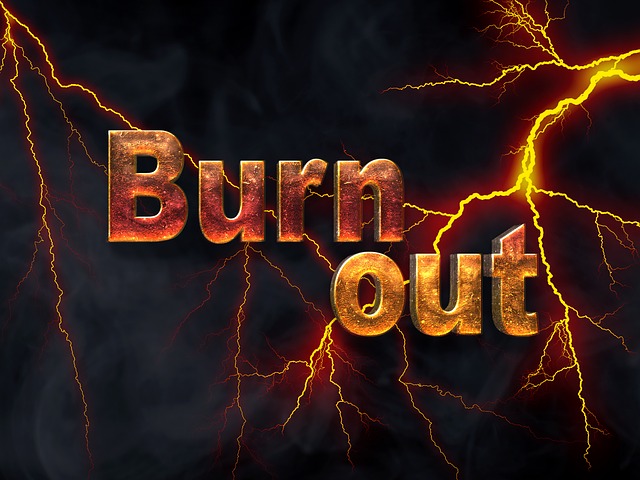Often a leader is faced with resolving a dilemma or deciding between two different options that represent opposite polarities and are supported by different groups of people. Each of the parties, too, that support opposite perspectives are very ready to highlight the deficiencies of the other party’s perspective and ignore the deficiencies of their own option. The leader then is confronted with an “either or” situation. Both options have advantages and disadvantages.
The tendency is for the leader to come down on the side of one option or other because it might appear as the “lesser of two evils”. But even this solution depends on what priority the leader is assigning to the adverse impacts of the options – for themselves, the opposing groups, for consumers/clients or for the wider community.
Ginny Whitelaw in her book The Zen Leader suggests that each of us resolves the tension of a dilemma on a very regular basis when we are breathing. The actions of inhalation and exhalation are polar opposites, and each has advantages and disadvantages. For example, when we inhale, we can take in oxygen and refresh our blood; when we exhale, we can remove carbon dioxide and relax our body and mind. Each action – inhale or exhale – when taken to extremes (like holding our breath for too long) can have serious adverse effects on our health and wellbeing. Neither action is sufficient of itself to sustain life.
Ginny points out that for a leader to lead effectively and in a fearless way, they must move away from “either or” thinking and reframe the issue or problem. She argues that this involves a flip “from Or to And”. Ginny suggests that in the tension of a dilemma or opposite polarities lies a creative solution.
How to resolve a dilemma or conflicting polarities
Ginny maintains in her book that the real impediment to moving to the And position (resolving the dilemma), is when a leader or a group becomes locked into one option by overstating the benefits of their solution and highlighting the deficiencies of the opposing solution, while simultaneously underplaying the deficiencies of their own solution and the benefits of the opposing solution. This occurs frequently in organisational settings when leaders and their managers are engaged in strategic planning involving decisions re product/service offerings, pricing, place of operation, marketing approach or target customers/clients.
Ginny proposes a process she describes as a “paradox map” which has four quadrants that participants can work through to find a solution that encompasses the best of both options, while reducing the downsides of each. This process entails seeking out the resolution of the tension between opposites by focusing on the And.
My colleague and friend Bob Dick has described a similar process over many years which he calls “option one-and-a-half”. Bob provides a detailed process for a leader to work with a group to resolve conflicting polarities or opposing positions on an issue or problem. His group process entails identifying the advantages and disadvantages of each option and then employing a creative group problem solving process and voting to come up with a solution that incorporates the best of each option.
As I was thinking about this challenge of moving “from Or to And”, I encountered a situation where my partner and I were trying to decide how to arrange a meeting with a mutual friend who lived on an island about 45 minutes by sea from our location. I was strongly of the view that we should take a car across in the car ferry because it was convenient, provided independence and enabled flexibility when we were on the island. My friend argued that the cost of the car ferry would be exorbitant considering we were only attending a lunch meeting and would not need the flexibility of our own car while on the island.
After exploring the advantages and disadvantages of each solution we came up with the idea of having our friend travel to a location on the mainland that involved a similar travel time for each of us, reduced the costs for us and fitted in with other reasons our island friend wanted to come to the mainland. The final solution incorporated the best of both initial, opposing options – reduced cost, flexibility, independence and a bonus of being able to extend an invitation to another mutual friend to join our “catch-up” meeting on the mainland.
Reflection
Being able to flip from an “either-or” position to what Ginny describes as a position of “And“, enables us to resolve dilemmas, reduce conflict and identify creative solutions incorporating the best of opposing options. Underlying the process involved is the ability to move from a fixed position of “being right” to being able to explore the perspective of the other person or group. This entails mindful listening and the capacity to be open to alternative perspectives and solutions. As we grow in mindfulness through meditation, mindfulness practices, reflection and exploration of alternatives, we can develop the necessary self-awareness, self-management and creative capacity to have the openness and curiosity to achieve the personal flexibility required.
__________________________________________
Image by Dirk Wouters from Pixabay
By Ron Passfield – Copyright (Creative Commons license, Attribution–Non Commercial–No Derivatives)
Disclosure: If you purchase a product through this site, I may earn a commission which will help to pay for the site, the associated Meetup group and the resources to support the blog.

